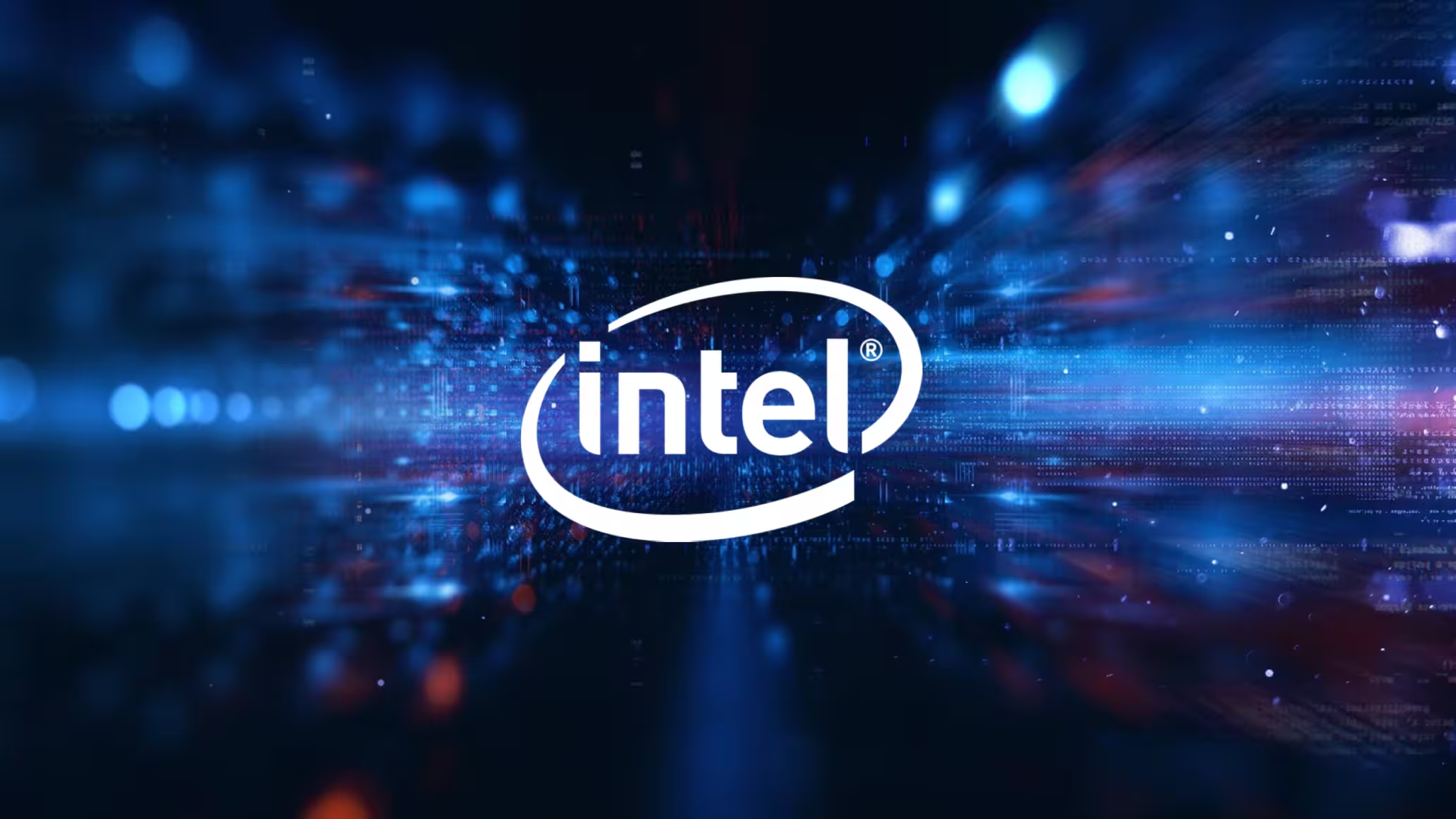5 Minutes
Washington Takes a Strategic Equity Position in Intel
Intel and the US administration announced a landmark agreement under which the US government will acquire approximately a 9.9% equity stake in Intel. The transaction transfers 433.3 million shares to the federal government and is structured around previously committed CHIPS and Science Act funding as well as a Secure Enclave award. Together, the package equals about an $8.9 billion investment tied to US semiconductor policy and industrial strategy.
Deal Structure and Financial Details
Under the arrangement, a portion of the stake is funded by $5.7 billion in grants that were authorized under the CHIPS and Science Act but had not yet been disbursed. An additional $3.2 billion is tied to Intel's award from the Secure Enclave program. Intel noted this investment is passive: the government will not receive board seats, governance, or special information rights.
How the numbers add up
Intel said this $8.9 billion is in addition to $2.2 billion in CHIPS grants it previously received, bringing the total to $11.1 billion in government-supported funding. Separately, investors such as SoftBank have signaled confidence in Intel with recent commitments, reflecting broader capital flows into US semiconductor manufacturing.
Product Features and Manufacturing Capabilities
Intel remains a major provider of CPUs, integrated system-on-chip (SoC) solutions, and custom x86 server processors for data centers, enterprise, edge, and embedded applications. The company is also scaling its foundry offerings, modernizing fabs with advanced process nodes, packaging technologies, and specialized accelerators for AI and high-performance computing. These manufacturing capabilities are central to the rationale behind the government's equity stake: securing onshore production capacity, advanced packaging, and resilient supply chains.
Comparisons: Intel vs. TSMC and Samsung
Intel's role in the global semiconductor ecosystem differs from contract foundries like TSMC and Samsung. TSMC and Samsung dominate custom wafer fabrication by operating large-scale foundry services that serve many fabless customers. Intel historically combined design and manufacturing, but its competitive gap widened as TSMC and Samsung advanced in leading-edge process nodes and high-volume manufacturing. The US investment seeks to help Intel close that gap by accelerating fab expansion, node development, and foundry competitiveness.

Advantages and Strategic Benefits
The government's stake offers several potential advantages: greater supply-chain resilience for critical chips, accelerated capital deployment for new fabs and equipment, and closer alignment between industrial policy and national security priorities. Intel has pledged more than $100 billion of investment in US sites, signaling a larger push to rebuild domestic semiconductor capacity.
Use Cases and Market Relevance
Strengthening Intel's domestic manufacturing affects multiple markets. Data center operators and cloud providers rely on Intel CPUs and accelerators; automotive and industrial OEMs need secure, local chip sources for safety-critical systems; defense and telecom sectors prioritize onshore production for sensitive workloads. For AI, edge computing, and 5G infrastructure, having robust US fabs reduces geopolitical risk and bolsters technology sovereignty.
Debate and Industry Reaction
The move prompted mixed reactions. Supporters say the agreement reinforces US leadership in semiconductors and industrial policy goals. Critics warn of a 'slippery slope,' arguing that government ownership in private firms may politicize business decisions and invite scrutiny from foreign governments. Intel reiterated the passive nature of the stake while emphasizing its long-term commercial strategy to compete with Asian foundries and accelerate advanced-node roadmaps.
Market Implications and Next Steps
For investors and industry observers, the deal raises questions about how public funding and equity positions will shape competition, M&A dynamics, and global fab deployment. Intel's expanded capital plans, combined with ongoing government support, aim to enhance US semiconductor manufacturing and protect critical technology supply chains — objectives that will influence chip design roadmaps, foundry partnerships, and procurement decisions across cloud, automotive, defense, and consumer electronics sectors.
As Intel scales up production, advances in process technology, packaging innovations, and partnerships with cloud and enterprise customers will be the key product and market indicators to watch. The balance between industrial policy and private-sector autonomy will determine whether this approach delivers competitive semiconductor manufacturing in the United States without introducing undue political interference.
Source: m.ultrasurfing


Leave a Comment